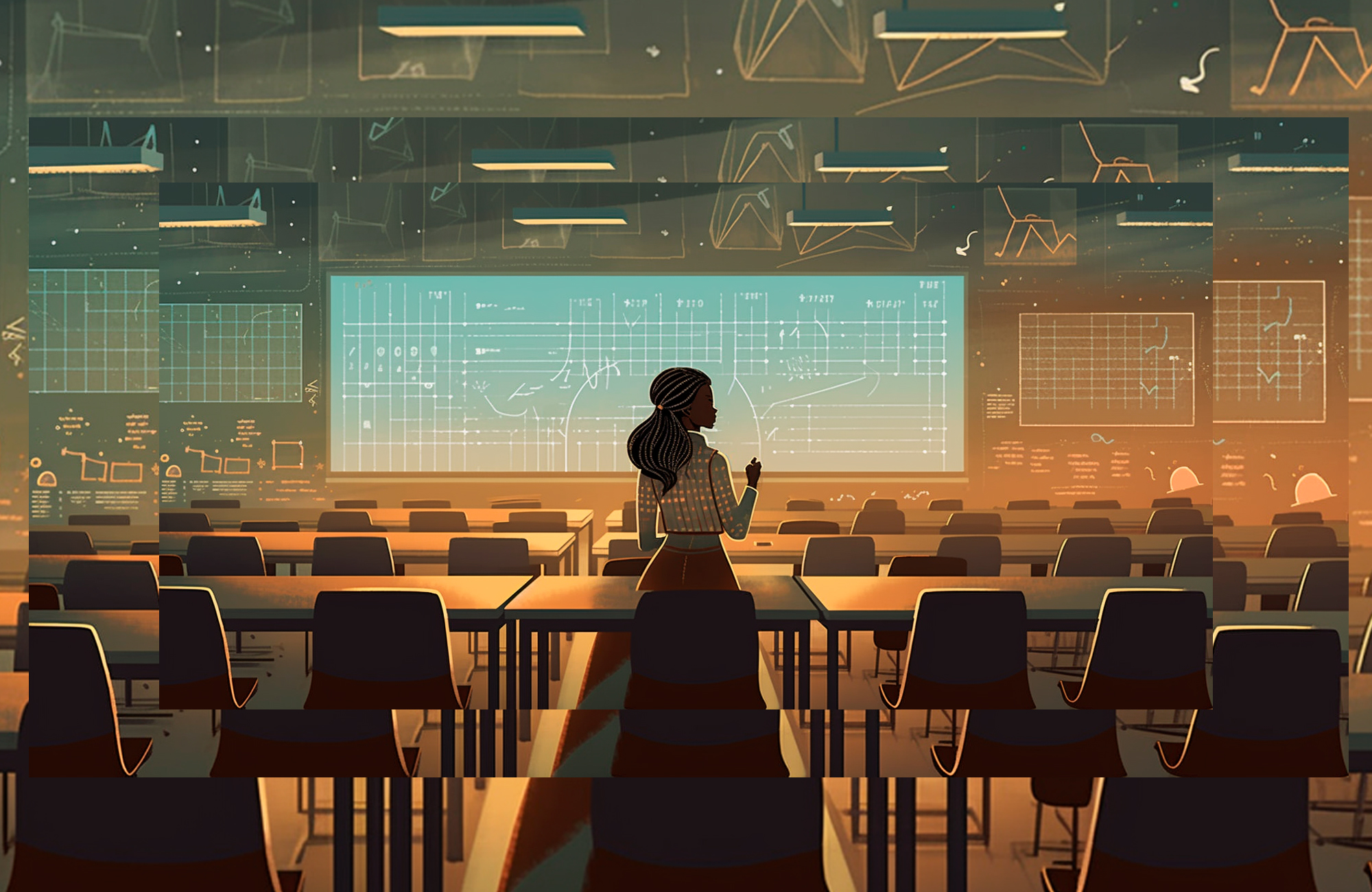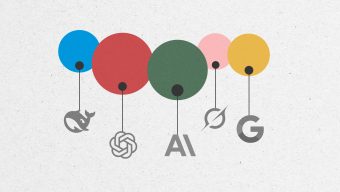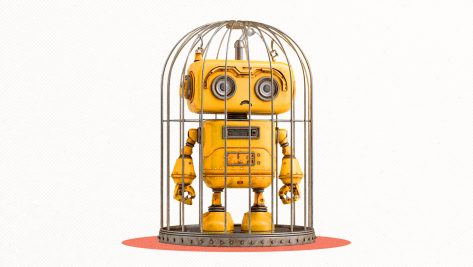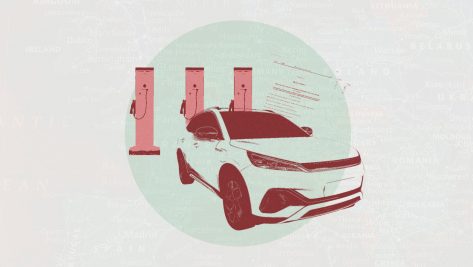Traditionally speaking, the role of the professor has always been to impart and transfer knowledge. This can mean several things, from the obvious teaching of a class to developing and revising content, finding materials, grading, supervising students, and so on. In addition to this intellectual development, the role of the professor has also been associated with assisting, in a way, the emotional development of students by guiding and motivating them, helping to build self-confidence, and igniting their critical and creative thinking.
Bruce Macfarlane argues in his book Intellectual Leadership in Higher Education, that professors have been “converted into narrowly defined knowledge entrepreneurs” and need to serve more as “mentors, guardians, enablers and ambassadors” in addition to their fundamental role as critics and advocates of academic freedom. Two things stand out in his wording here: “narrowly defined knowledge entrepreneurs” and “enablers.” Given our limited brain capacity, is it possible for professors to have wide knowledge and still be considered experts in their field? In what way can professors change to become enablers and, if that is the case, enablers of what exactly?
Even with today’s technological advances and the argument that technology has the power to transform the landscape of education, has the role of the professor changed all that drastically since the Socratic method of teaching, where students are encouraged to participate in their learning activity by asking open-ended questions? According to Graham Shaw, in the chapter he wrote on the “Changing Role of Faculty” in The Encyclopedia of Distance Learning, the student-professor relationship is becoming more collaborative and interactive. Shaw attributes this change to recent innovations in e-learning technologies. But the question remains, how much are we really using technology to change the way we are teaching in higher education?
Some of the technological advances that have the potential to affect the learning and teaching experience include – but are not limited to – AI and machine learning, virtual and augmented reality (to create unmatched immersive experiences), gamification (already in use by many professors), blockchain (which has the possibility, as Mark Esposito writes, to transform the learning model into something more fluid, interactive, and profound), in addition to social media, and network (where both positive and negative impacts on learning have been reported).
No doubt, both AI and ML have a lot of potential in creating a more personalized learning experience, adaptive curricula, and student-centered learning – but are we as professors (and society), ready to embrace these approaches? We have to be, according to Beth Singler, a junior research fellow in artificial intelligence at the University of Cambridge. She writes, “a lot of the applications are already here, embedded and having an impact on our society. So instead of asking that question, we’ve got to keep talking about it and making it visible when it’s invisible.”
So, the true question is: how do we do that? What are the fundamental ingredients to a seamless learning experience for our students? It could be that the magic recipe includes an ounce of adaptive learning, a bit of personalized curricula (be careful about that one) and a pinch of augmented/virtual reality-facilitated immersive experience. Is gamification the name of the new learning game? In fact, gamification of education has been positively correlated with enhanced levels of student engagement, depending on the specific characteristics of students. Or maybe the traditional self-centered professor approach is the one and only approach and there is no need to change (not according to Singler)?
Teaching, when done correctly, is not only about imparting knowledge.
It is clear that AI and ML are transforming the educational landscape. Some of the new technologies that have and are being developed for this purpose include – but, again, are not limited to – Intelligent Tutoring Systems (ITS), computer programs that use AI to provide adaptive and personalized learning environments for students, Chatbots (and now ChatGPT), natural language processing, and conversational AI. Care should be taken to balance the risks and opportunities. According to Singler, personalized syllabus based on AI recommendation systems (such as Squirrel AI in China) can be detrimental if things go wrong (and sometimes, many times, things will go wrong). She explains that in designing a personalized syllabus, AI recognizes each module based on a student’s interest and recommends the next module and the next and so on. My concern is not only with the mathematical assumptions involved in the use of every algorithm and subsequent bias but also with students changing their interests over time (and they do, most of the time).
In the age of AI will a robot take the place of a professor?
Amelia is an intelligent virtual agent, powered by conversational AI. According to the American technology firm, Amelia can deliver the “best elements of human interaction – conversation, expression, emotions and understanding.” This seems like the perfect assistant to a professor, or perhaps even a substitute for a teacher. Interestingly, when asked about Amelia and whether it could replace professors in the classroom, ChatGPT responded: “While Amelia is highly capable of processing and responding to complex queries and tasks, it is unlikely that she could fully replace the role of a professor. While she may be able to assist with certain tasks, such as answering questions or providing guidance on specific topics, she lacks the nuanced understanding, creativity, and critical thinking abilities that are essential to teaching and research.”
ChatGPT then states that it is unlikely that any AI-powered tool will completely replace human professors any time soon. Of course, this opinion is not exactly coming from the most trusted source, given that ChatGPT cannot predict future events since it is trained on existing data, cannot cite the references it uses in generating an answer (answers are based on purely probabilistic estimation), and the technology it uses is geared towards pleasing its audience rather than providing reliable and correct answers. ChatGPT goes on, “Even I, while capable of processing and responding to a wide range of queries, I do not have the same level of expertise, experience, and critical thinking abilities as human professors.”
Teaching, when done correctly, is not only about imparting knowledge – it is a complex task that involves building relationships with students as well as inspiring and supporting them in their learning journey and their life.
If AI is still far from replacing professors, how much do (or should) we rely on AI and ML in our daily teaching? Is it time for human-machine interaction in the classroom? Maybe Amelia is not yet capable of entirely replacing professors, but it could very well assist professors in the classroom. If this is the case, then effort must be put into preparing students for this change – in addition to ensuring that professors know how to utilize such assistants effectively. But before we embark on this journey, we need to start a conversation with other stakeholders, including parents, anthropologists, historians, social scientists, and legislators. This would allow for a better assessment of the impact such technology might have on students.
We cannot remain oblivious to the revolution around us and to the opportunity that AI offers.
Minerva is an independent, non-profit U.S accredited higher education institution headquartered in San Francisco, California. Founded in 2012, its unique pedagogical model emphasizes active learning, evidence-based teaching, global perspective, real-world application, and technology-enabled education. Its online learning platform, FORUM, facilitates collaborative learning and provides personalized feedback. (When I asked ChatGPT whether all universities should follow the Minerva model, it refrained from answering and admitted that it doesn’t hold opinions or beliefs.) In addition to obvious obstacles that prevent a wide adoption of the Minerva model – high implementation costs, limited course offerings, lack of campus life – it is probably faculty resistance that stands out the most, as reflected by the small number of faculty members currently teaching at Minerva.
Change, particularly radical change and particularly in industries as traditional as academia, does not come without obstacles. What prevents professors from adopting these AI-based technologies (adaptive learning, conversational AI and personalized syllabus, to name a few), more than they currently do, might be the lack of training and the technical difficulties associated with navigating a new technology. Most certainly, our innate resistance to change as humans and specifically as academics, prevents us from venturing outside our comfort zone and being willing to disrupt our established, tried and true, teaching methods. None of this changes, however, the fact that we cannot remain oblivious to the revolution around us and to the opportunity that AI offers.
The future is promising… if we can harness the power of AI and use it to the advantage of students. Professors must start somewhere, whether it is personalized or adaptive learning, or augmented or immersive learning experiences. And this just might be the most challenging part: deciding where to begin. Being aware of the need to adapt and change is as good a place as any. The next foot forward might be one that each individual professor must take on their own: revising their personal teaching materials and identifying where and how and what technology can be used. The role of professor in academia and in the lives of students is irreplicable, so let’s make it even stronger.
© IE Insights.











